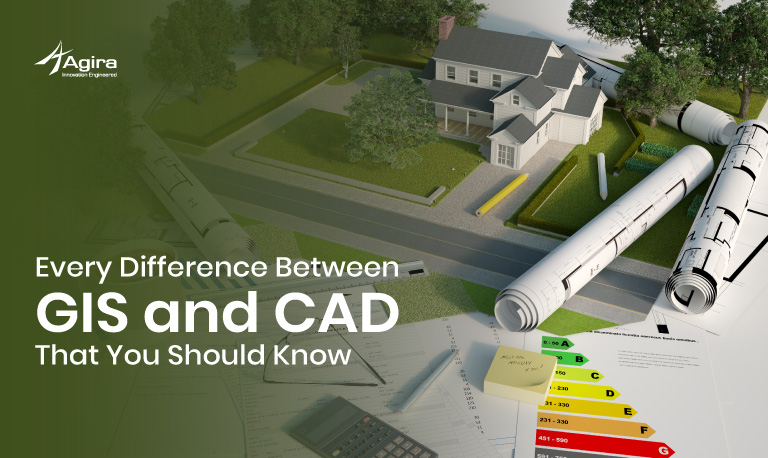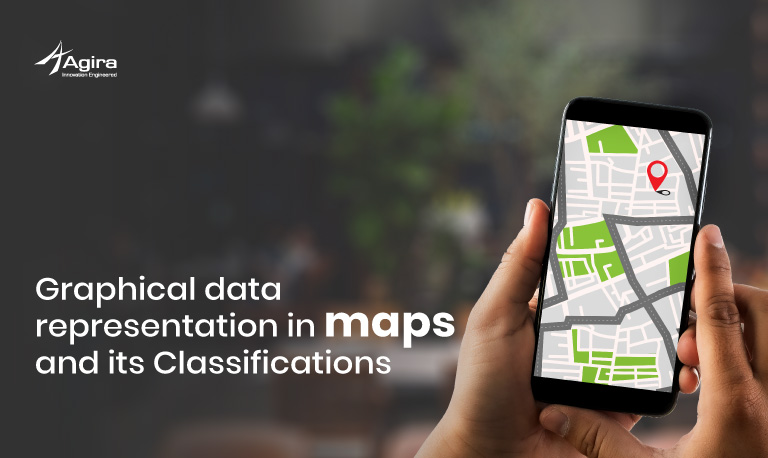Generation of the heat map is not a piece of cake. It involves tedious steps to create the layers of these maps. Here is the article that explains the generation of a heat map for New York Shooting incidents in 2019 using QGIS.
What is Heat Map?
According to Wikipedia, A heat map is a data visualization technique that shows the magnitude of a phenomenon as color in two dimensions.
A heat map is a graphical representation of data in which the hues represent the values.
From the scale of lightened hues known as tints to the tightened hues known as tones, the hues play an important role in depicting the theme values. Heat Maps are mostly used in visualizing the crime incidents, traffic incidents and in the dense regions.
Lets see the Generation of a Heat map for New York Shooting incidents which happened in 2019 using QGIS in this article.
Generation of Heat Map
Open the QGIS software. Add the required layer “NY Shooting Incident – 2019” in QGIS by Selecting,
Layer -> Add Layer -> Add Vector Layer -> Select the Point shapefile “NY Shooting Incident – 2019”
Once the layer is selected, the window will appear like the below image:
We have to add a basemap to address our layers. So add the layer “OpenStreetMap” into the layers box.
Now, click the attribute table of NY Shooting Incident – 2019, you can have the view of the attributes present in that layer.
Right click on the layer NY Shooting Incident – 2019 -> open attribute table.
Again right click on the layer NY Shooting Incident – 2019 -> Properties -> Symbology.
Select Magma as Color ramp and click Layer Rendering and change Opacity to 50%. Click apply and OK.
The Heatmap will be generated as symbology as appears below. Here we can find the different color shades corresponding to different values present in New York.
Now we have to create a layer Heat map for New York. For this, we have to first reproject the CRS for New York. The UTM zone for New York is 18N.
Click Processing -> Toolbox -> Vector general -> Reproject Layer. The dialog box for the Reproject layer will appear as below. Select the UTM zone 18N in the Target CRS.
Click Target CRS -> Select EPSG:32618 – WGS 84 / UTM zone 18N.
Then Click Run.
Now we see the layer “Reprojected layer” appears as below.
We can see the UTM Zone change for New York city projected in the Reprojected layer by clicking on the layer Properties -> Information
Now click on the Processing -> Toolbox -> Interpolation -> Heatmap (Kernel Density Estimation).
Select Point layer as Reprojected and radius as 1000m. Change the Pixel size in the Output raster size as 50. Here you may add weight in the Advanced parameters if you already have weightage to the attributes of the layer. Then click Run.
Once the process runs, you can find the Heat map generated as a layer with some cloudy black shades as shown as below.
Now right click on the Heat Map layer and click properties. Click Symbology. Here select Render type as Singleband pseudocolor. Select the Color ramp as Magma. And click Classify tab. Now click apply and ok.
Click on the Transparency and change the Global Opacity to 50%. Click apply and ok.
Now you can see the changes in the heat map as the cluster changed with respect to the magma color ramp.
Uncheck the Refracted and NY Shooting incident – 2019 layers. So you can have the clear view of places having the most number of shooting incidents and the less frequent areas in NY city.
Below are the places in New York identified as the most frequent and frequent incidents of shooting that happened in the last year from the above conducted methodology of heat map.
Most Frequent areas – Between 110th street – 116th street and Atlantic Avenue – Utica Avenue
Frequent areas – Newkirk Avenue – Rogers Avenue, Livonia Avenue – New Lots Avenue, Eastern Parkway – East New York Avenue, Dumont Avenue – New Lots Avenue, 10th Street – 21st Street, West 132nd Street – West 135th Street, East 161st Street – Melrose Avenue, East 167th Street – East 168th Street, Boston Road – 3rd Avenue, East 182nd Street – Grand Concourse
Click here to check out the live GIS Heat Maps with information about shooting incidents
Conclusion
The Heat maps can also be applied to the projects of finding the housing density in smart city projects and finding the most traffic areas to avoid them. Make changes in the color ramp with different shadings and find spectacular views from each one.










